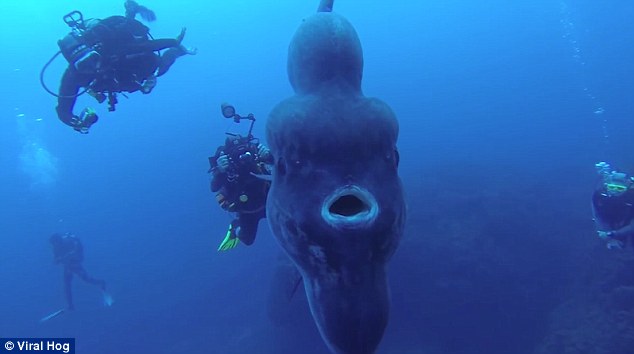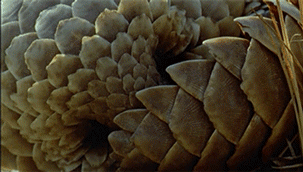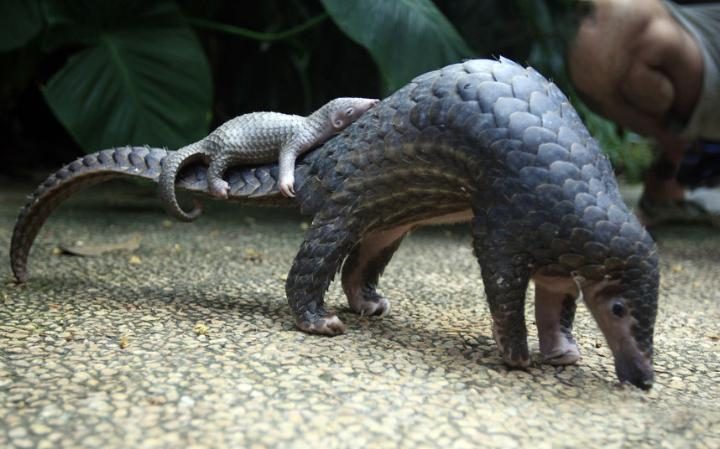
True, beauty is in the eye of the beholder, but you can’t ignore her battle scars and years worth of knowledge. Just look at the beautiful ol’ gal!

Researchers off the coast of Nova Scotia have found and tagged the biggest great white shark they’ve ever spotted in the Atlantic off Canada. She is over 17-feet long, 3,541 pounds, and roughly 50 years old. She has been dubbed “The Queen of the Ocean.” Rightfully so.
OCEARCH, a non-profit marine research organization, has tagged and collected samples from hundreds of sharks, dolphins, seals and other animals.
According to the OCEARCH website, Nukumi, pronounced noo-goo-mee, is named after the legendary wise old grandmother figure of the Native American Mi’kmaq people, a culture that has deep roots in Canadian Maritime provinces.
“When you look at all the healed-over scars and blotches and things that are on her skin, you’re really looking at the story of her life, and it makes you feel really insignificant,” OCEARCH expedition leader Chris Fischer said on Facebook on October 3rd.
It’s highly likely Nukumi is a grandmother herself, much like her namesake. According to Fischer, Nukumi probably had her first litter 30 years ago, and those pups are also making babies.
Nukumi’s samples and tracking data, along with data from the other sharks tagged, will be used to help OCEARCH learn more about migration patterns and previously unknown details about the secretive lives of sharks.
You go, girl. 🦈

 Boston Dynamics is at it again! Who is
Boston Dynamics is at it again! Who is 

 In case you missed it, this week’s supermoon was epic! On November 13 and 14, sky gazers were treated to the biggest and brightest supermoon in almost 70 years. A supermoon refers to a full moon that falls on a night when the moon is closest in its orbit around the Earth, making it appear almost 30% bigger.
In case you missed it, this week’s supermoon was epic! On November 13 and 14, sky gazers were treated to the biggest and brightest supermoon in almost 70 years. A supermoon refers to a full moon that falls on a night when the moon is closest in its orbit around the Earth, making it appear almost 30% bigger.









 Do you love beautiful space photos? Me too! ✨ Follow me on
Do you love beautiful space photos? Me too! ✨ Follow me on 











